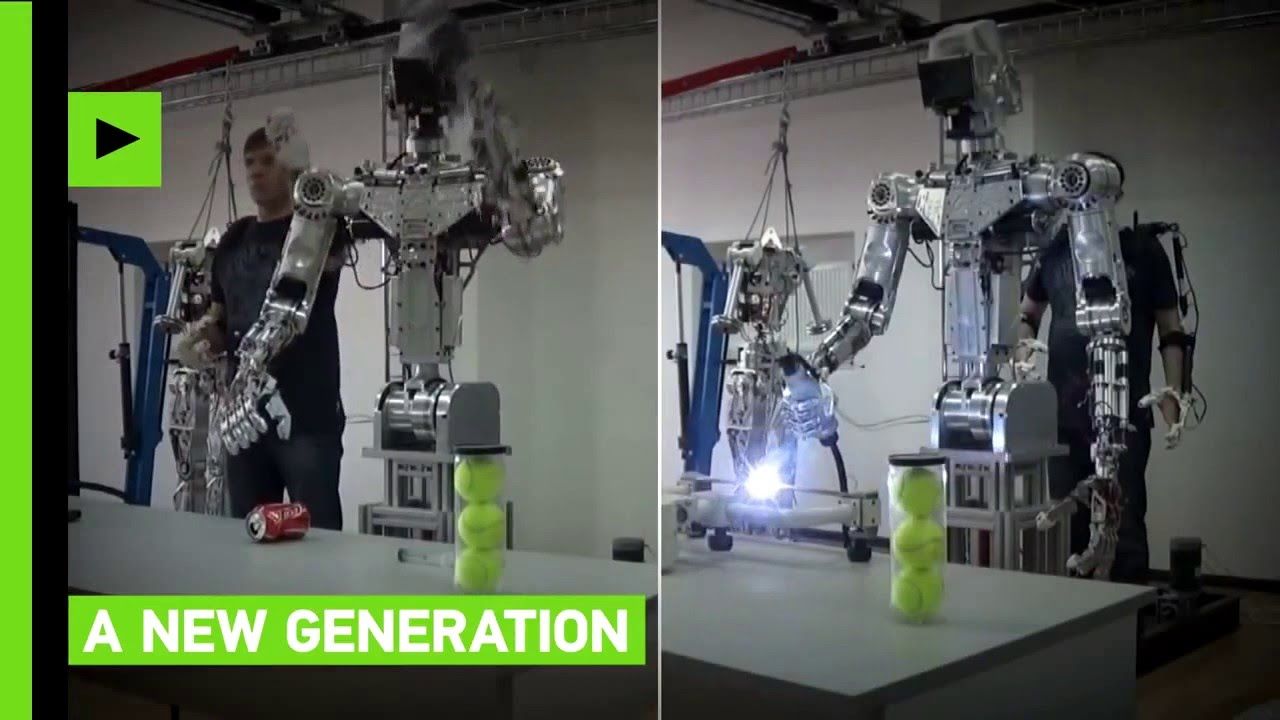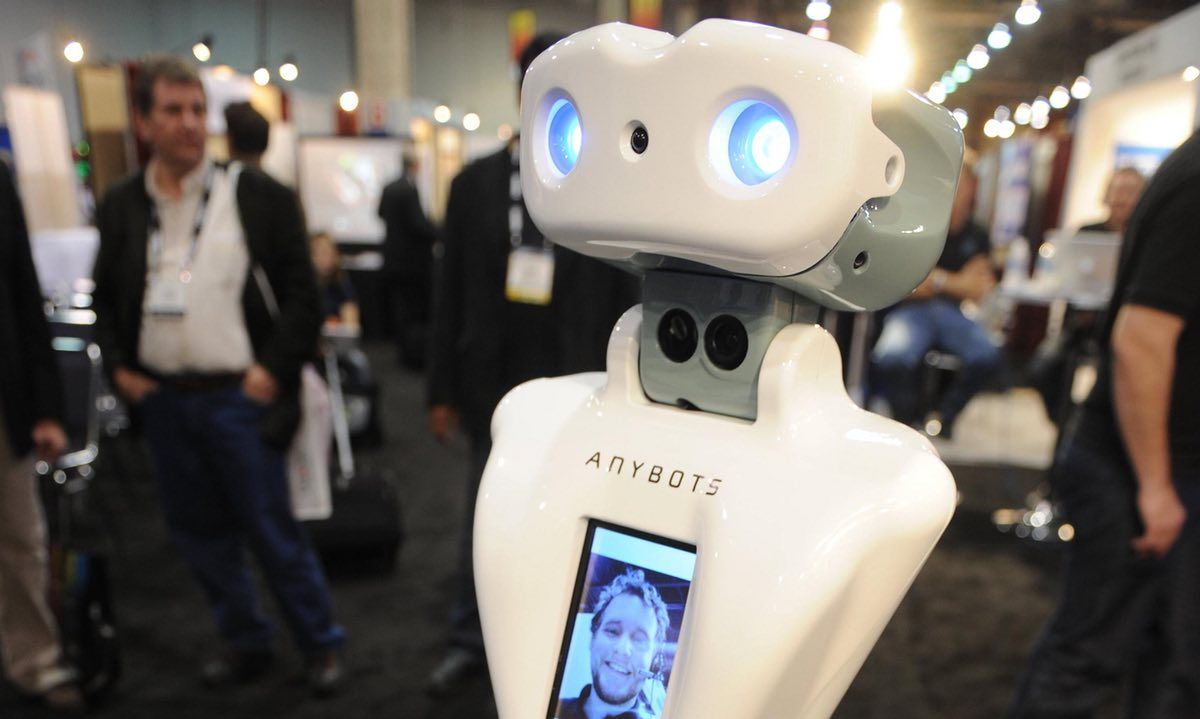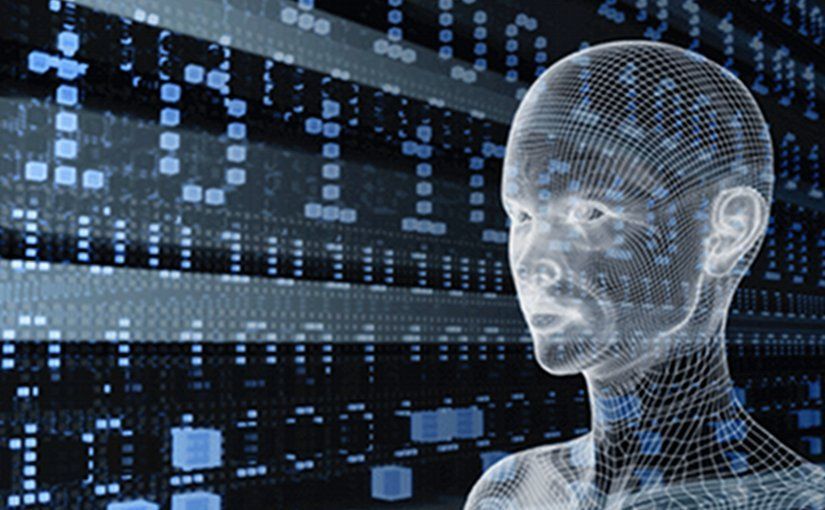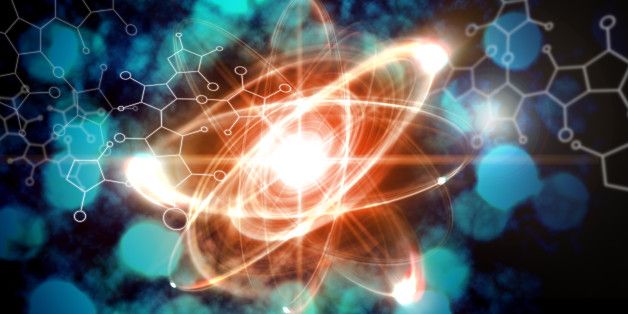Interesting read; however, the author has limited his view to Quantum being only a computing solution when in fact it is much more. Quantum technology does offer faster processing power & better security; but, Quantum offers us Q-Dots which enables us to enrich medicines & other treatments, improves raw materials including fuels, even vegetation.
For the first time we have a science that cuts across all areas of technology, medical & biology, chemistry, manufacturing, etc. No other science has been able to achieve this like Quantum.
Also, the author in statements around being years off has some truth if we’re suggesting 7 yrs then I agree. However, more than 7 years I don’t agree especially with the results we are seeing in Quantum Networking.
Not sure of the author’s own inclusion on some of the Quantum Technology or Q-Dot experiements; however, I do suggest that he should look at Quantum with a broader lens because there is a larger story around Quantum especially in the longer term as well look to improve things like BMI, AI, longevity, resistent materials for space, etc/.
I recently read Seth Lloyd’s A Turing Test for Free Will — conveniently related to the subject of the blog’s last piece, and absolutely engrossing. It’s short, yet it makes a wonderful nuance in the debate over determinism, arguing that predictable functions can still have unpredictable outcomes, known as “free will functions.”
I had thought that the world only needed more funding, organized effort, and goodwill to solve its biggest threats concerning all of humanity, from molecular interactions in fatal diseases to accessible, accurate weather prediction for farmers. But therein lies the rub: to be able to tackle large-scale problems, we must be able to analyze all the data points associated to find meaningful recourses in our efforts. Call it Silicon Valley marketing, but data analysis is important, and fast ways of understanding that data could be the key to faster solution implementation.
Classical computers can’t solve almost all of these complex problems in a reasonable amount of time — the time it takes for algorithms to finish increases exponentially with the size of the dataset, and approximations can run amok.
Read more









